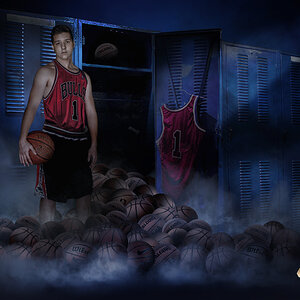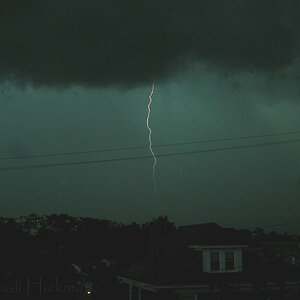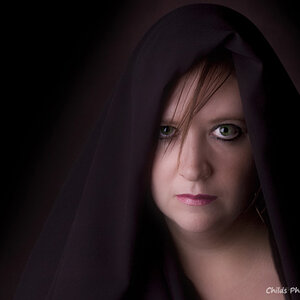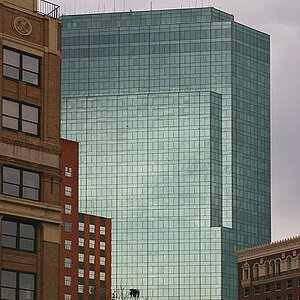icassell
No longer a newbie, moving up!
- Joined
- Jun 7, 2008
- Messages
- 9,899
- Reaction score
- 15
- Location
- Arizona
- Can others edit my Photos
- Photos NOT OK to edit
I just got this from Wolverine. I have their 120GB storage device which I like a great deal. Considering this ...
http://secure.serverlab.net/shop/me..._Code=F2D100&Category_Code=&Store_Code=T00107
http://secure.serverlab.net/shop/me..._Code=F2D100&Category_Code=&Store_Code=T00107






![[No title]](/data/xfmg/thumbnail/34/34075-a2fb0d7352396e58920e196958f6d006.jpg?1619736267)



![[No title]](/data/xfmg/thumbnail/36/36421-843e629a8c32ff091e337e6880f0c323.jpg?1619737565)

![[No title]](/data/xfmg/thumbnail/33/33341-3a6934b6cdb015b5acf31087acdcd278.jpg?1619735910)

